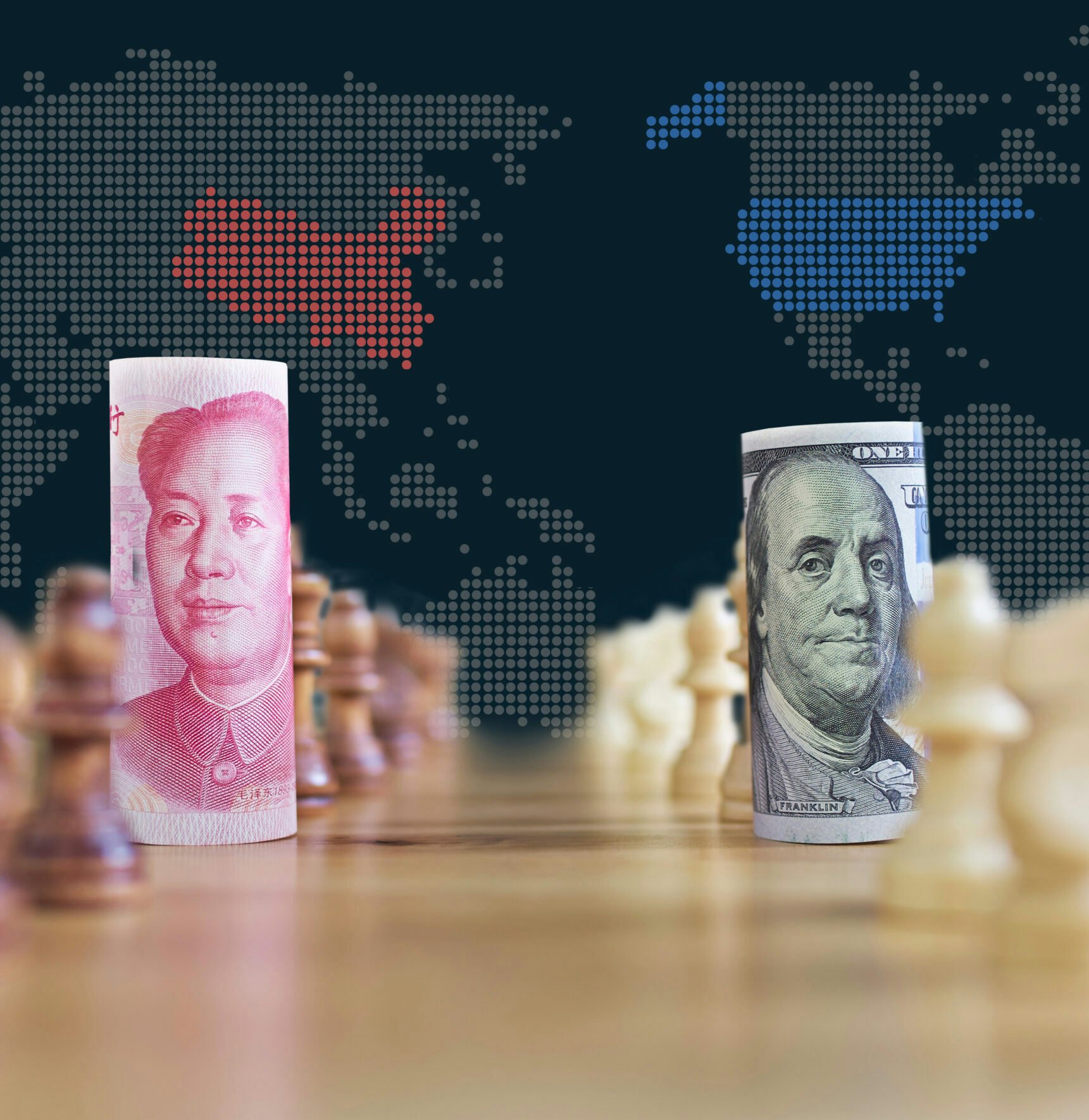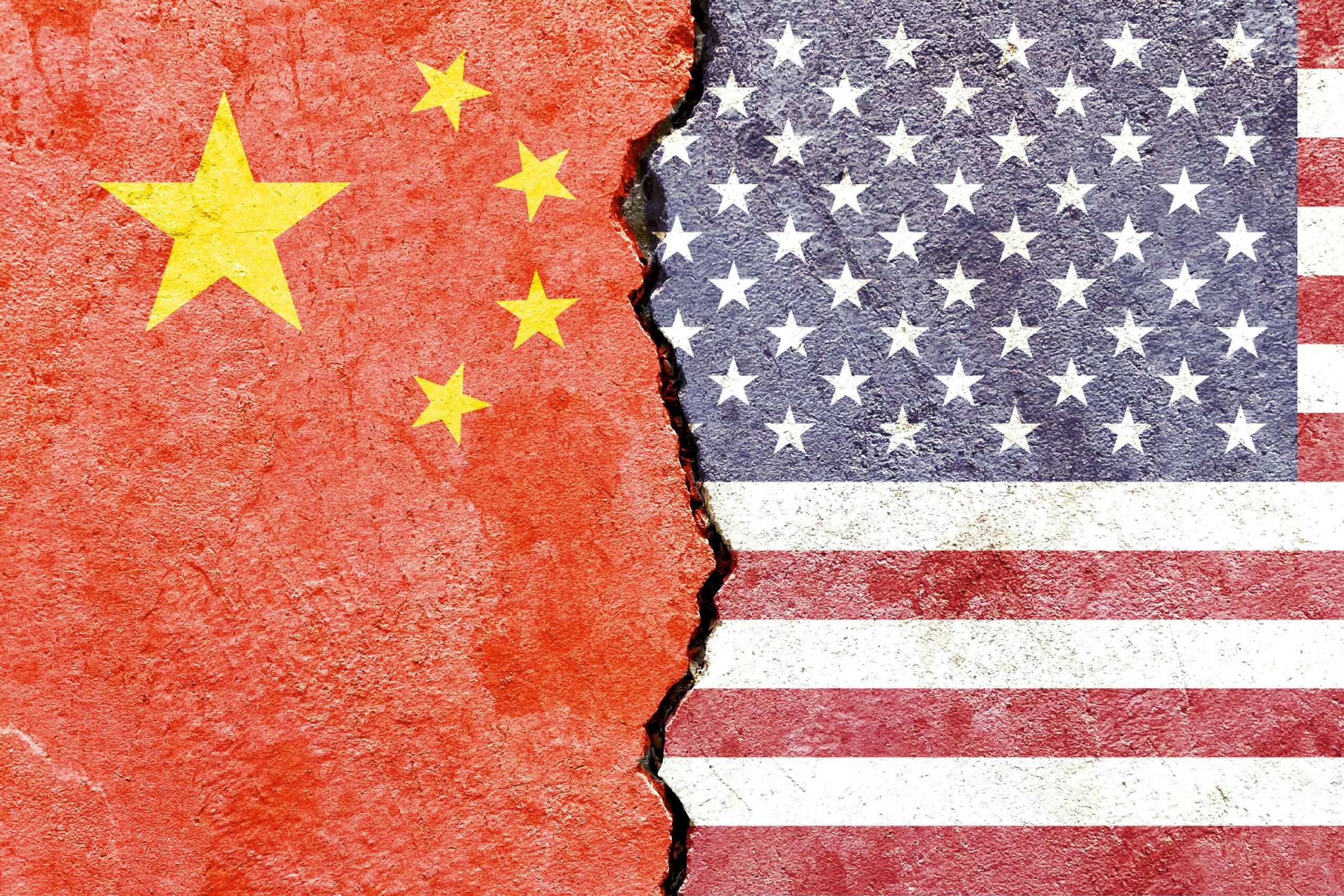After 135 days in office, U.S. President Donald Trump finally spoke with China’s President Xi Jinping. Besides exchanging pleasantries and invitations for reciprocal visits, the two leaders pledged to renew efforts to stabilize the turbulent relationship between the world’s two largest economies.
If the commitment for even a temporary truce is genuine, recalibration will be a daunting task. In his TruthSocial post, President Trump said the two leaders exclusively discussed trade issues, but the Chinese readout also mentioned sensitive issues like Taiwan and the status of Chinese students in the United States. The Chinese side also stressed that it is the U.S. that should “remove the negative measures taken against China,” while China has been operating in a “sincere manner.” Translation: China intends to dictate the tone and tenor of future bilateral negotiations and thinks it has the resources and negotiating leverage to secure an outcome largely favorable to Beijing. As the old joke goes, “win-win cooperation” in Chinese means that the Communist Party of China wins twice.
Besides the trade issues that precipitated the current crisis in bilateral relations, the divergence of views on global security matters has gone from bad to worse between Beijing and Washington. In three years since Russia’s full-scale invasion of Ukraine, Russia and China’s relationship has solidified into a durable alliance, notwithstanding the nascent U.S. efforts to engineer a “reverse Kissinger,” or normalizing relations with Russia to peel it away from China, akin to what President Richard Nixon and his national security advisor Henry Kissinger did in the 1970’s with China to contain the Soviet Union. China’s threats to Taiwan have greatly escalated since the January 2024 election of autonomy-minded President Lai Ching-te. China continues to militarize the South China Sea and aggressively encroach on the sovereignty of its neighbors, especially the Philippines.
In its annual worldwide threat assessment released in March, the U.S. Director of National Intelligence warned that what was a China problem has also now become a broader problem: “Russia, China, Iran and North Korea – individually and collectively – are challenging U.S. interests in the world by attacking or threatening others in their regions, with both asymmetric and conventional hard power tactics, and promoting alternative systems to compete with the United States, primarily in trade, finance, and security.” The so-called CRINK alliance is now the pre-eminent authoritarian threat to the U.S.-led global order, and the U.S. has still not fully developed a strategy to deal with the threat.
The Trump-Xi conversation is also hopefully the start of a serious process to shape a long-term policy to meet the China Challenge, or the formulation of a long-term plan to disrupt Beijing’s plan for global dominance and to ensure that the United States remains a leading global power. To do this, the administration needs to develop and pursue a multi-pronged effort focused on strengthening determinants of U.S. power, including reinvesting in our domestic competitiveness, rebuilding our national security defense base, competing with China’s global geostrategic initiatives in Africa and Latin America, and leading with our values of freedom and democracy. There is still much work to do to achieve these goals.
































